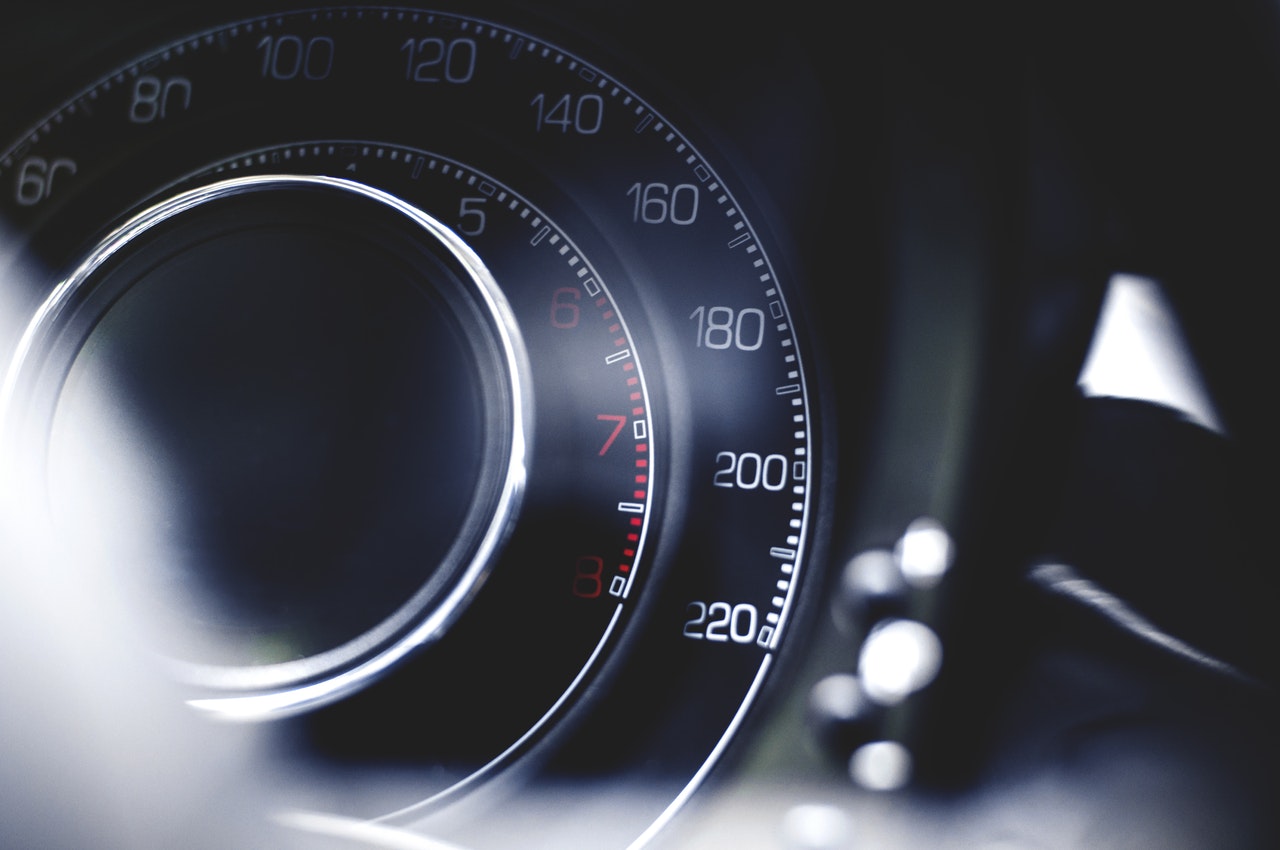In the olden days, a picture spoke a thousand words. Today, it probably speaks a million. Imagine the amount of data available online. Users have limited time and hence, cannot dedicate a lot of time reading a blog or a long article. This is where images come in. They work as great visual stimuli to attract users and establish a connection with them. However, they also need more bandwidth. Since users don’t have a lot of time, they are not very patient with slow loading websites/pages either. Hence, sites need to ensure that they offer relevant and high-quality images but optimize them for speed. In this article, we will look at 4 great ways to achieve this.
# 1 Choose the right image-type
While there are hundreds of image-file types, JPEG, PNG, TIFF, and GIF are certainly four of the most commonly used image types. Without getting into the technicality of each of them, it is important to understand that each file-type has a different size depending on the image. While PNG, GIF and TIFF support transparency, the files are bigger and higher in quality. Thus, using a wrong image-type can mean KBs of extra bandwidth.
If your image file has a different format, try to convert it (for example jfif to jpg). AnyConv file converter will help you with this.
# 2 Resize, Crop and Reduce Image Quality
Unless you are a photographer or have a website that requires to display high-resolution images, uploading an image bigger than the site’s width simply means adding additional load to the page, thereby increasing the load time. For example, if the maximum width of your website is say 1100 pixels, then uploading the image greater than that width is additional baggage carried by the image.
You can resize the entire image to ensure that it is clear and easily visible but does not ‘weigh’ a lot. Resizing is similar to shrinking the entire image. Alternatively, you can opt for cropping, which simply means cutting off the edges of the image which are not required. After resizing and/or cropping, you can reduce the image size by using the compression tool available in most image editors. Technicalities aside, this tool helps reduce the number of colors in your image, thereby reducing its size with no compromise on the quality.
# 3 Caching
There is only so much that you can do with reducing the image size. Another way of optimizing images for speed is to use a website hosting provider who offers caching. Caching is a technique by which data that is requested recently from your website is stored on a proxy server which lies between the user and the host server. It can help improve website load time and reduce the bandwidth usage. So, the high-quality images on your website won’t slow down your load time.
# 4 Provide Images on Content Delivery Network (CDN)
When a user tries to access a website, data travels from the website server to the user. If the user is in the US and the server is in India, then the geographical distance between them can add to the load time of the website, especially the heavier components like images.
CDNs are simply a network of computers spread around the world which store copies of your data and connect the user to the terminal closest to them. This helps increase the load time of your website and the latency problems are solved.
In a nutshell, optimizing the images for speed on your WordPress website is an absolute must. While the first two tips can help you reduce the size of images, a good WP Hosting provider can ensure that the images are delivered much quicker by deploying caching servers (like Varnish Cache) and CDNs. After all, every extra second that the user has to wait for the site/page to load, you are losing prospective visitors. Follow the tips mentioned above and let the pictures speak a million words.
